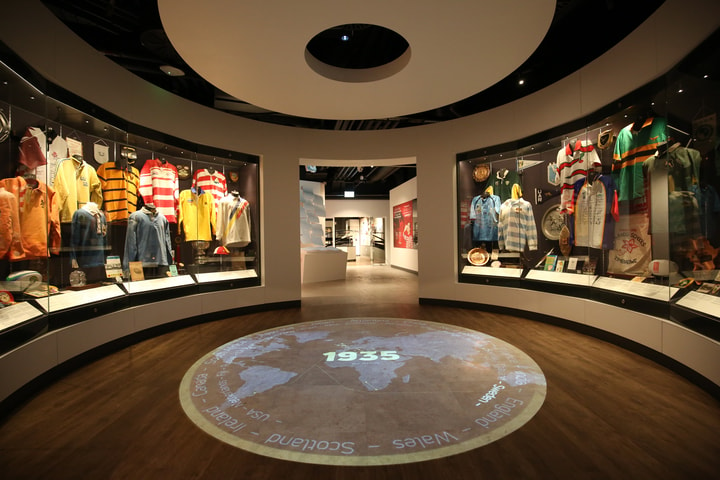The following article is an extract from London's Lost Rugby Clubs by Dick Tyson.
The Royal Indian Engineering College was a British school of civil engineering founded by Sir George Thomkins Chesney in 1870. It was formed to train engineers for the Indian Public Works Department. The College began with 100 students.
The academic year at Cooper's Hill was interspersed with a wide variety of sporting and social activities which ranged from rugby, cricket, tennis, swimming, rowing, rifle shooting, and boxing to concerts, parties, dances and balls (the sport and social activities were financed by a Recreation Fund supported by voluntary subscriptions from staff and students). All 'manly' sports, especially those demanding a high degree of physical exertion and team spirit, were actively encouraged - for they not only prepared students for the sometimes arduous physical conditions they would find in India, but, more importantly, they fostered the qualities of discipline, self- reliance and comradeship so essential in any 'esprit de corps'.
Rugby Football was essentially the College game, and two good XVs could usually take the field. The College played their home matches on the RIEC ground at Cooper's Hill (near Egham in Surrey) and the club colours were purple and gold (later, in 1879, the club colours were changed to a white jersey with a monogram badge worn with blue knickerbockers and stockings in purple and gold hoops).






